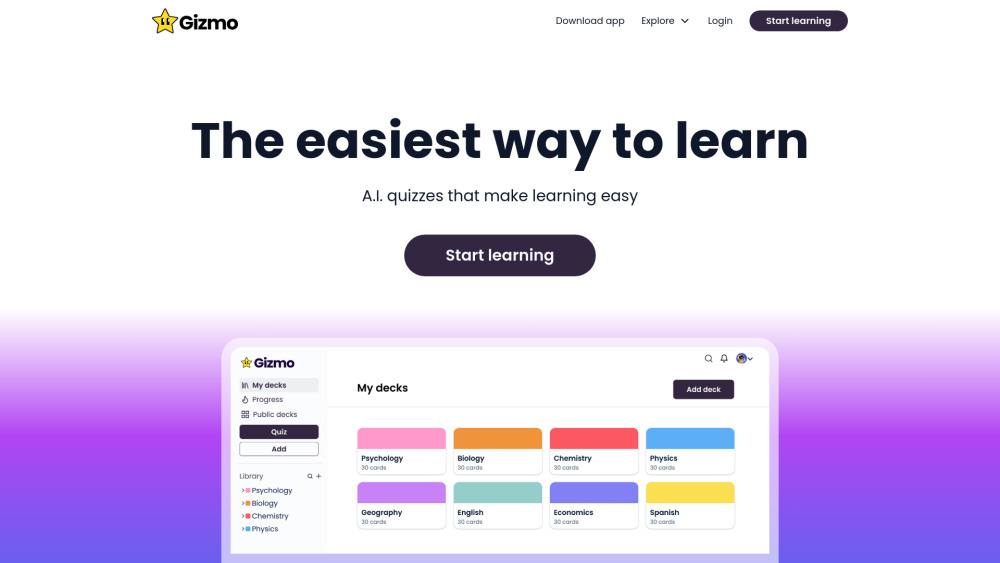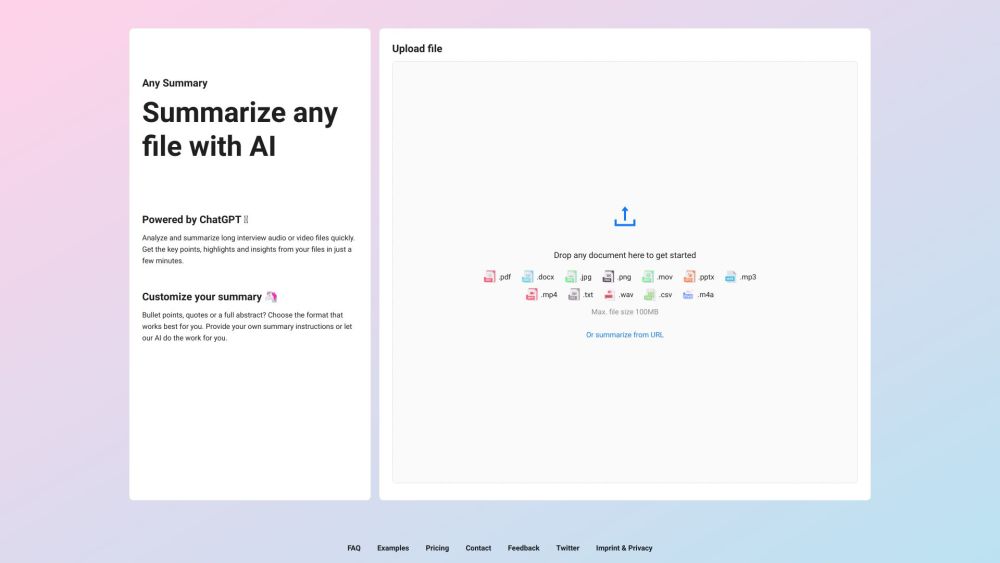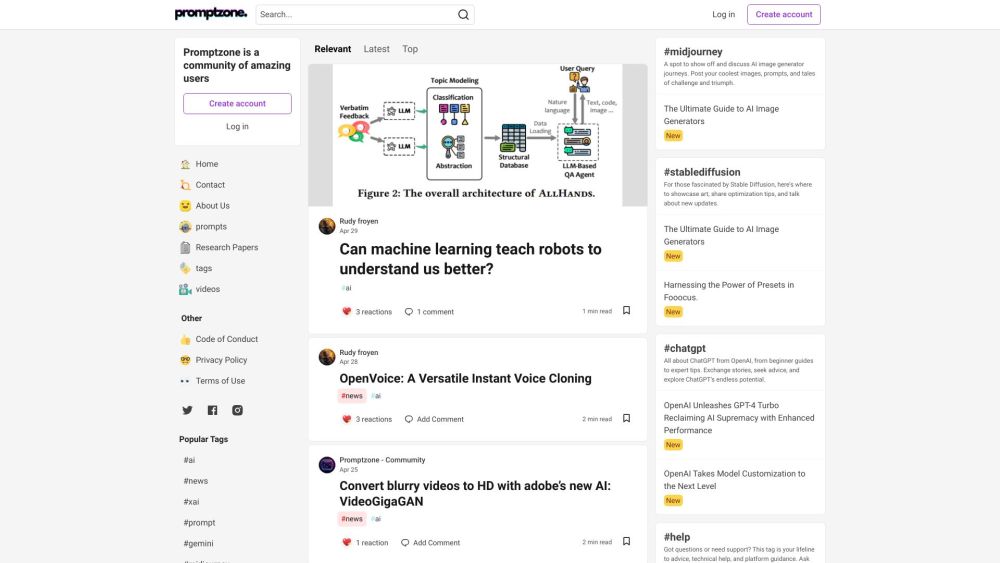Hidden Door has revealed its innovative artistic direction for its new game, which harnesses generative AI to craft dynamic narratives for player engagement.
Currently in testing, the game focuses on creating a vast library of storytelling tools rather than a singular narrative. This approach ensures players can return repeatedly to explore fresh storylines.
How the Game Works
The latest art for Hidden Door resembles a web comic or graphic novel style. The tools utilize generative AI to weave new stories inspired by The Wizard of Oz, responding to player-generated text prompts. Limited testing began in June for this digital tabletop role-playing game set in the extensive Wizard of Oz universe crafted by L. Frank Baum, as discussed by CEO Hilary Mason in an interview with GamesBeat at our recent GamesBeat Next event.
Hidden Door aims to be a platform for role-playing across various worlds, starting with The Wizard of Oz while collaborating with additional authors to introduce more environments soon.
Instead of employing a large language model (LLM) for existing texts, Hidden Door has developed an engine that generates general narratives, integrating diverse AI techniques to contextualize each author’s world alongside the player's choices. This fosters infinite RPG adventures that honor the author's original vision.
"We use statistical methods to map a given book onto our platform," Mason explained.
In this game, the AI acts as a game master, responding to player decisions and guiding them through their personalized story.
"We're equipping players with creative tools while ensuring AI focuses on its strengths," Mason added.
Players can embark on imaginative journeys alongside friends in a setting true to the Oz novels, guided by an AI narrator that adapts to their choices, delivering a unique experience each session. The platform supports limitless adventures in the Land of Oz, allowing players to team up with the Wicked Witch of the West, undertake quests, or simply enjoy moments in Kansas with Toto.
The Art Update
This newfound artistic direction is tailored for fans who cherish immersive storytelling experiences. Mason noted that the art style is evolving to attract an older audience, shifting away from the previous child-focused aesthetic. Alongside original art generation, Hidden Door introduced a Discord bot for character creation.
"Our updated art style emerges from various influences," Mason shared. "Initially, we aimed at younger audiences, but we've pivoted to better engage players aged 18 to 34."
This shift targets enthusiastic readers of The Wizard of Oz who seek more stories within that universe, making Baum’s 14-book series an ideal backdrop for storytelling.
Creating the Artwork
Art director Daniel Abensour and character illustrator Alessandra Criseo elaborated on this aesthetic transformation in a recent blog post. Their goal is to enhance the visual experience to complement the text-heavy gameplay in a manner akin to visual novels.
"Our art director has dedicated significant time to developing art that trains models for background creation, all labeled in context," Mason noted.
Rather than conforming to a children's cartoon style, the art is reminiscent of graphic novels or webcomics.
Each narrative varies, necessitating a complex system for art generation that aligns with the storyline. The art team is building a framework of “art skeletons” to capture character emotions and animations seamlessly.
"Many may expect AI to handle various aspects, and while we utilize it, our focus is maintaining quality and originality," Abensour and Criseo stated. "The real advantage of generative art lies in its speed."
For characters, a modular art system is employed, assembling human-illustrated assets into unique, memorable designs while offering players extensive customization.
Adapting to Audience Needs
Initially targeting younger players with simpler art, Hidden Door has recognized an opportunity to enhance visual depth for a more discerning audience. This audience shift has prompted an evolution in user interface design and the use of generative art for backgrounds. The team has also refined the color treatment, lending a more stylized look to the game.
Creating Diverse Visuals
With a team of just 14 people, generating all necessary artwork for every new narrative proves challenging. Therefore, the artists are leveraging an automated AI system to facilitate this process.
"We are focused on constructing a controllable story engine that delivers compelling role-playing gameplay," Mason emphasized. "This goes beyond merely plugging into a standard LLM; it involves foundational story structures that inform player interaction and visual experience."
Mason pointed out the significance of art in amplifying emotional engagement, noting, "Players tend to invest heavily in character attachment."
Players can submit any text prompts to guide the game's visual and narrative elements, giving the impression of a uniquely crafted experience, driven by AI technology.
With the updated art style, the visuals capture various player descriptions more evocatively. For instance, inputting "a classy lady drinking water in a conference space in San Francisco" prompts the AI to generate corresponding artwork from its pre-existing library.
The team is dedicated to solving the challenge of visual consistency, ensuring that each new scenario maintains a coherent aesthetic.
The New Art Paradigm
"The art is meant to feel human-composed, as it is, assembled dynamically during gameplay,” Mason explained.
Through the Discord character creator, players can input descriptions to generate character visuals, re-rolling until satisfied. This interactive feature promotes creative expression within the game.
As Hidden Door expands its universe beyond The Wizard of Oz, the potential for diverse environments and character art will increase. Players will be able to tailor their experiences, filtering for themes ranging from dark science fiction to varying levels of violence, all utilizing the same foundational engine.





